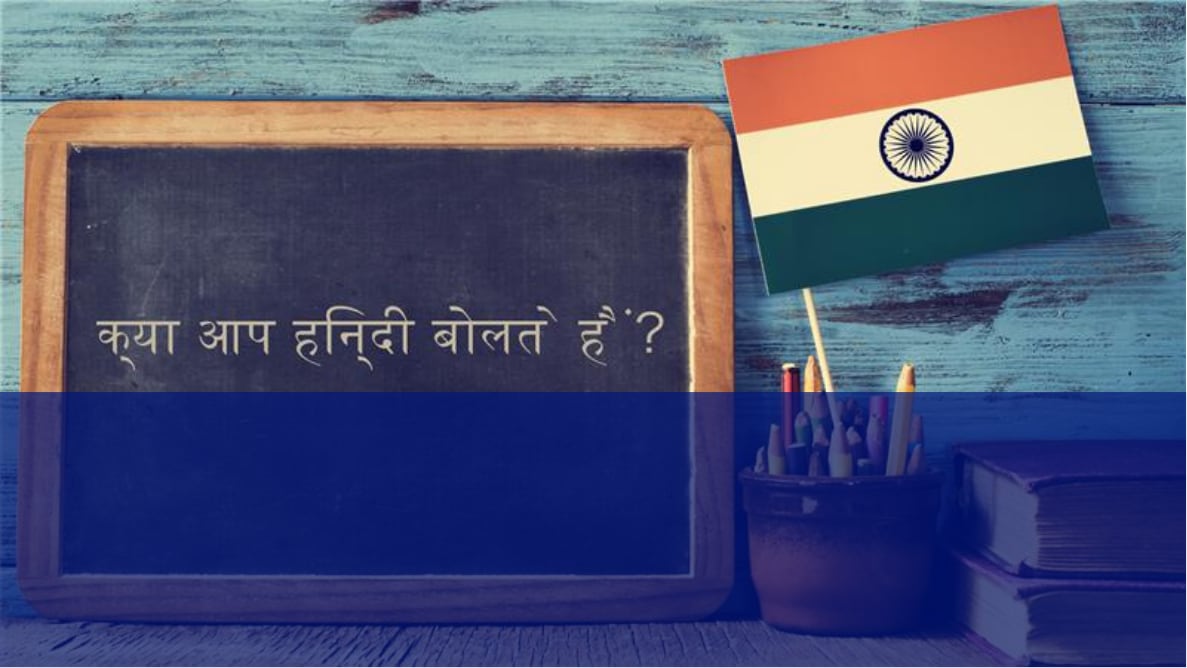From Hinglish to Tanglish: How Indians Create Unique Language Blends


Language is constantly evolving, but few places showcase linguistic creativity quite like India. If you’ve ever heard someone say, "I'll prepone the meeting," or "That movie was such a timepass," you’ve witnessed a unique phenomenon: the blending of English with Indian languages like Hindi, Tamil, Bengali, and Telugu.
In a country where multilingualism is the norm, blending languages isn’t just trendy—it’s a way of life. From Hinglish to Tanglish, these linguistic mashups reflect India’s adaptability, innovation, and global outlook. Let’s explore how these blends took root, how they’re used today, and why they matter far beyond India's borders.
What Are Hinglish, Tanglish, and Other Indian English Blends?
At its heart, language blending involves code-switching, or moving between languages within a single sentence, conversation, or piece of writing. In India, English frequently mixes with regional languages, creating vibrant hybrids:
- Hinglish: Hindi + English (“Yaar, let's grab some chai before the meeting.”)
- Tanglish: Tamil + English (“Nalla scene boss, super work!”)
- Benglish: Bengali + English (“Bhalo meeting hoyechilo, na?”)
- Tenglish: Telugu + English (“Chaala busy day undi, right?”)
While sometimes mistaken for casual slang, these blended languages are actually a natural evolution of communication in a society where knowing two, three, or even four languages is common.
How Language Blends Took Root in India
India’s relationship with English dates back to the British colonial era, but the way Indians adapted English has been uniquely their own. Following independence, English remained an official language alongside Hindi, opening the door for it to organically intertwine with everyday speech.
In the late 20th century, mass media accelerated the trend. Bollywood films, advertising campaigns, and television shows regularly mixed English with regional languages to appeal to modern, urban audiences. Today, social media has turbocharged the phenomenon—memes, WhatsApp messages, and YouTube videos often effortlessly toggle between languages.
One iconic example? Pepsi’s 1998 ad campaign slogan, “Yeh Dil Maange More!” ("This heart desires more!")—a Hinglish catchphrase that became a national sensation. The blend of languages captured youthful energy in a way pure Hindi or pure English could not.
Real-Life Examples of Blended Language in Action
Language blends like Hinglish and Tanglish aren’t just clever phrases—they’re deeply woven into everyday Indian life. From casual conversations to digital communication, these hybrid forms reflect how people express themselves across languages, cultures, and contexts.
Everyday Speech and Culture
You’ll hear Hinglish and Tanglish on streets, in classrooms, and at family dinners. A college student might say, “I’m bunking class today—full tension scene, yaar,” while a parent might call out, “Do your homework first, then go play, okay?” These conversations flow naturally between English structure and Indian vocabulary.
Phrases like “timepass” (something mildly entertaining) or “jugaad” (a quick, clever fix) don’t translate easily into English—but in blended form, they express something culturally specific and widely understood.
Advertising and Brand Messaging
Marketers embrace language blending to connect with bilingual audiences. From Pepsi’s iconic “Yeh Dil Maange More!” to Google India’s welcoming phrase, “Internet ki duniya mein aapka swagat hai,” brands use Hinglish to feel authentic and familiar.
In South India, ads often feature Tanglish slogans like “Style-a irukkum, price kammia irukkum” (“It has style, and it's affordable”), speaking directly to local buyers in their hybrid comfort zone.
Tech, Pop Culture, and Social Media
Language blends show up everywhere—from Bollywood scripts to app notifications and YouTube videos. Food delivery apps like Swiggy might send a message like “Order placed! Ab bas thoda sa wait karo.”—a friendly mix that mirrors how customers think and speak.
Voice assistants like Alexa now understand Hinglish, and influencers frequently use hybrid captions like “Mood off hai, don’t disturb.” As platforms adapt, it’s clear these language blends aren’t a trend—they’re how a generation communicates.
Why Language Blends Matter Beyond India
The rise of Hinglish, Tanglish, and other blends speaks to a broader global reality: languages evolve to reflect cultural identity and social needs. In an increasingly interconnected world, multilingual communication is a valuable skill—and blending languages shows flexibility, creativity, and cultural fluency.
For businesses, it’s a lesson in localization. Successful communication isn't just about translating words—it's about understanding how people actually speak, think, and connect. Companies operating in India often tailor their marketing strategies with a mix of English and local languages to better engage audiences.
At TransPerfect, we understand that real communication goes beyond literal translation. Through expert linguistic services and tools like GlobalLink technology, we help brands navigate complex multilingual markets with nuance—ensuring messaging resonates, whether in pure Hindi, Tanglish, or anything in between.
Curious how your brand can speak the language of your audience—literally? Let’s talk. Our experts are here to help you localize with impact.